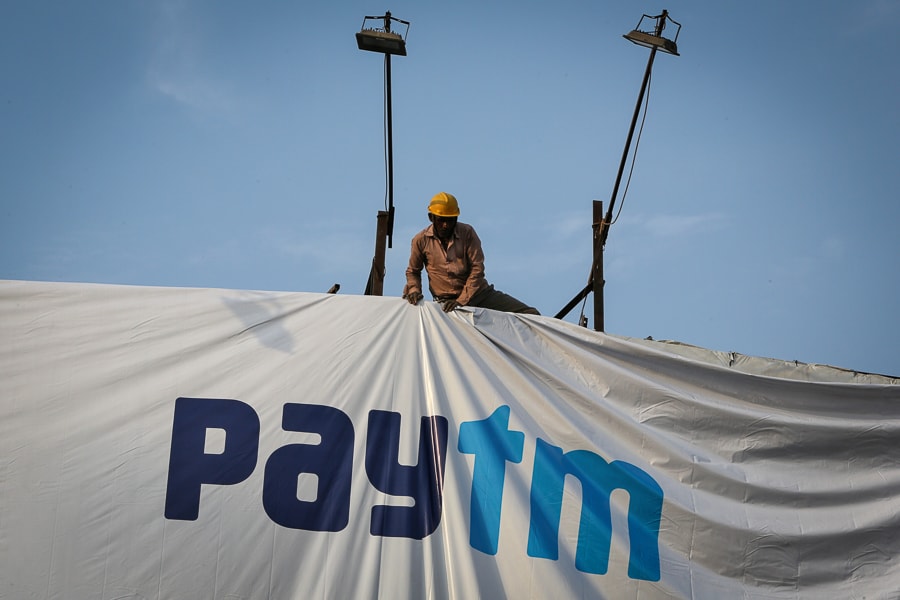
Disappointing debut for Paytm as business model questioned
Shares down 27 percent on first trading day as investors shun the digital payments company in the absence of a demonstrable business model
 Paytm listing fiasco could puncture the rally in the primary market
Paytm listing fiasco could puncture the rally in the primary market
Image: Amit Dave / Reuters
A year into the IPO boom, market watchers were clear that the Paytm public listing would see no pop on day 1. The issue was scraped through with just 1.86 times subscription. The grey market premium for unlisted shares was non-existent—a mere Rs20 on an offer price of Rs2080-2150. Clearly, investors were unwilling to pay a premium for a company that had yet to demonstrate the viability of its business model.
No surprises then that the stock of its parent One 97 Communications opened at a discount and quickly slid 20 percent shaving off about Rs35,000 crore from its market cap to Rs101,000 lakh crore. Buyers were few and far between as selling pressure sustained through the day. It ended the day at Rs589, down 27 percent.
It is too soon to say whether the Paytm listing fiasco could puncture the rally in the primary market. This marks the first time when investors have been circumspect about what is on offer and are unwilling to buy into future growth projections that may or may not materialise. Expensive valuations even when measured by new-age metrics like price to sales have been rejected. “The company is overvalued at 26 times price to sales when compared to global peers of 0.3-0.5 times price to sales,” said Manoj Dalmia, founder and director, Proficient Equities.








